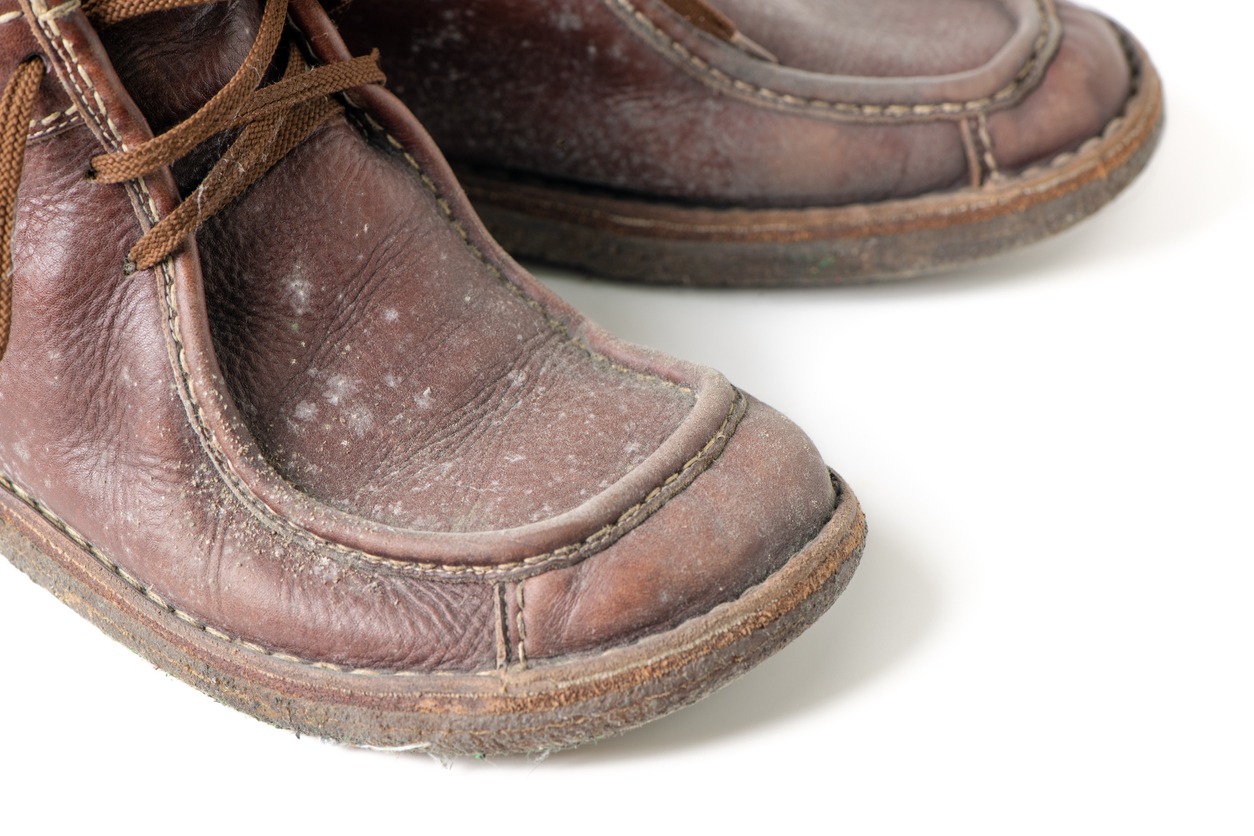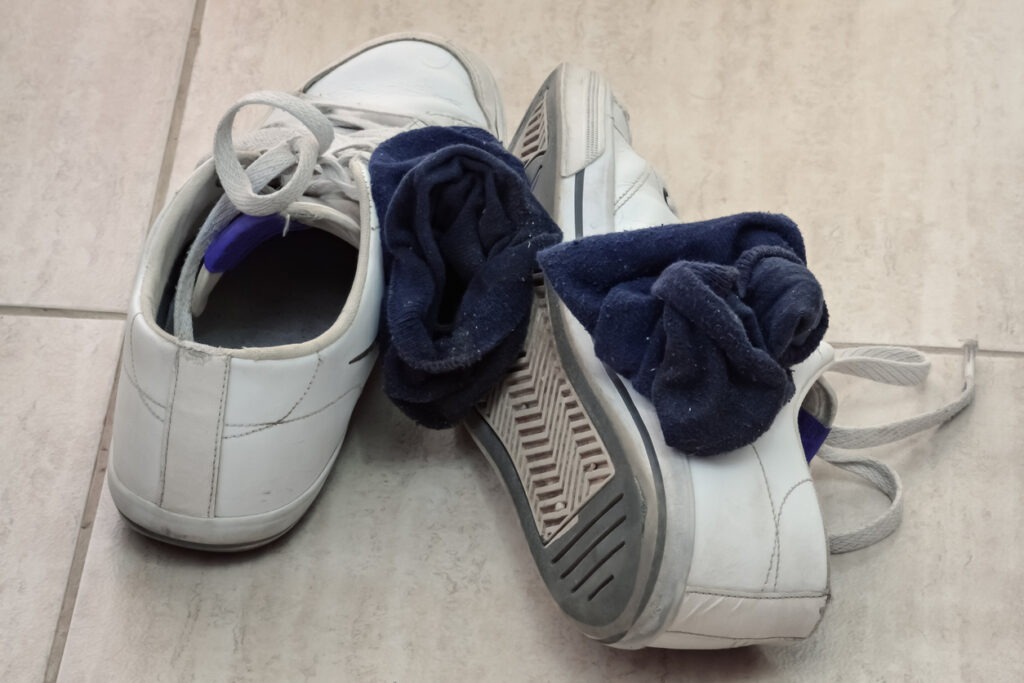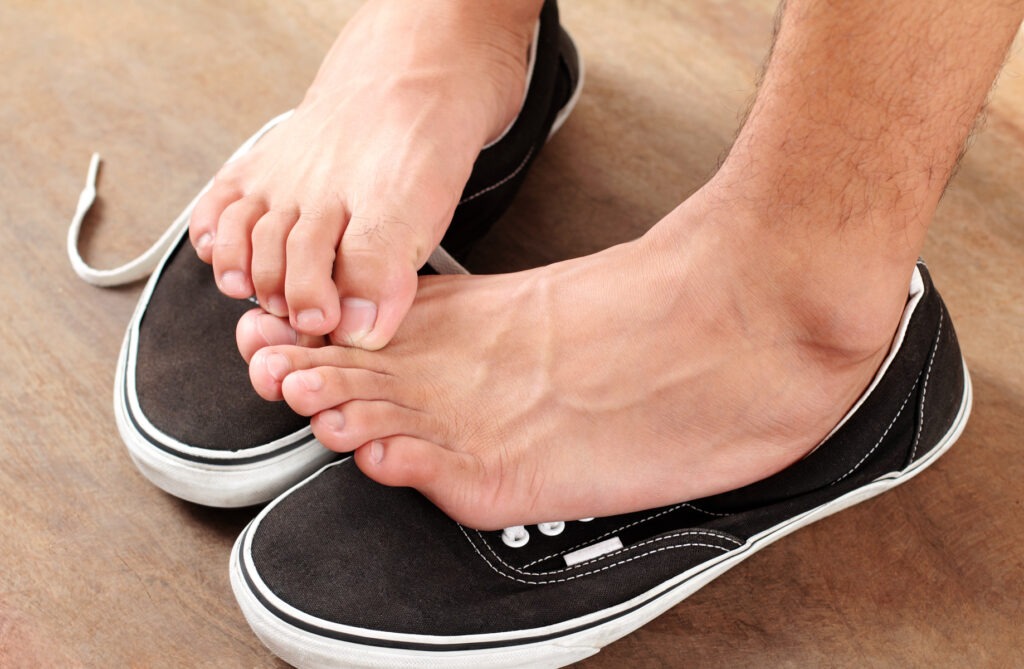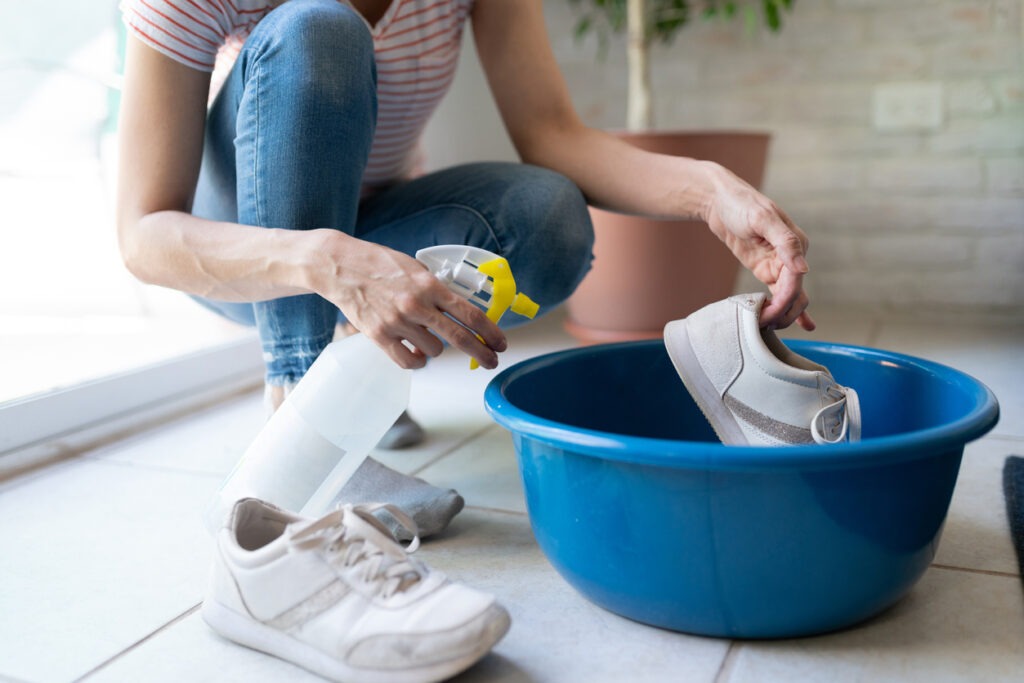Fungus is considered one of the worst enemies of our feet, along with bacteria, as fungi can infect the skin and the nails of the feet and cause a lot of pain and discomfort. Unfortunately, fungi can often be difficult to get rid of because of how well they can live and thrive in the conditions created by our feet while we are wearing socks and shoes.
Whenever we are wearing shoes indoors or outdoors, our feet tend to get warmer, which could then force the feet to produce sweat. Excessive sweating creates a high-moisture environment between our feet and the shoes we are wearing, and it is in this environment where fungi live and grow in numbers. Once their numbers are uncontrollable and our immune system cannot fight them back, they will begin to infect the skin and nails of our feet, causing soreness, discomfort, and pain.
Although toenail and skin fungi infections can be treated, it is important to note that fungi can still re-infect us through various means, and this includes wearing shoes we haven’t cleaned yet. What’s concerning about fungi will continue to live in our shoes, so the fungi can survive and re-infect our feet once we wear the shoes again after a few days or weeks. To know more, here are details about how long fungus live in shoes.
Fungus in Shoes
Fungus tends to live in areas that are high in moisture, which is why they can thrive inside shoes. It is estimated that fungi can live in our shoes for up to one and a half years, depending on how much we use the shoes and how rarely we clean them.
When we constantly wear just a single pair of shoes every day, there is a very high chance that fungi can live inside the shoes. In addition, fungi can stay in the shoes as long as we haven’t cleaned the pair properly. In addition to shoes, fungi can also live in socks, although they rarely survive there for a long time since we regularly clean our socks.
On the other hand, many of us don’t really clean our shoes often, and some of us don’t really clean them at all and would just replace them once they develop tears or once their midsole is separated from the upper. This is a practice that we need to change, as the fungi inside the shoes will continue to live and will just re-infect us after we have treated previous infections on our feet.
What Fungus Can Do to Your Feet
There are two major problems that you will have to deal with once the fungus has infected your feet, and these problems are athlete’s foot and onychomycosis. Here are descriptions of each of these diseases or problems that may arise when there is fungus on your feet.
Athlete’s Foot
Athlete’s foot, also known medically as tinea pedis, is a skin infection caused by fungus. Athlete’s foot can be found in different areas of the feet, but they are commonly seen on the skin between the toes. This skin infection’s symptoms include cracked skin, redness, soreness, and itching. There are cases of athlete’s foot where the fungi may also infect the nails, and if you have touched your feet using your hands, then your fingers may get infected as well.
The athlete’s foot is highly contagious, so there is a chance that you may infect other people, especially when you are walking barefoot at home or in public areas like swimming pools and bathrooms. Athlete’s foot can last for months if left untreated, and they may even get worse and infect most of the skin of your feet.
Onychomycosis
Onychomycosis is an infection of the nails of the feet. If you have onychomycosis, your toenails will have a yellowish tint to them, and their surface can be thick and brittle. There are various kinds of fungi that can cause onychomycosis, but one type that commonly infects a lot of people is dermatophyte, which typically causes different skin diseases not only in humans but also in animals.
When an athlete’s foot gets worse, your feet will most likely get onychomycosis too. Besides being thick, brittle, and yellowish, onychomycosis can also make your toes feel very painful, and the pain can sometimes affect your movements.
How to Eliminate Fungi in Your Shoes
Because of the major problems that fungi can give to your feet, it is very important for us to follow various methods of eliminating fungi in places or areas where our feet usually rest, and these include the rooms in our house and, of course, our shoes.
For the house, it is basically essential for us to clean and disinfect the floor and every piece of furniture where we usually sit or lay down. A good disinfectant is usually enough to eliminate fungi, bacteria, and viruses, although you will still need to do a proper deep clean at least two to three times a year.
As for the fungi living in your shoes, here are some of the best ways to get rid of them:
- Spray disinfectant on the shoes. You can use the same disinfectant that you use for house cleaning, although there are shoe disinfectants that you can buy that are safer for the materials of the shoes’ upper.
- Spray your shoes with a vinegar and baking soda mixture whenever you are not using them. The said mixture has antifungal properties that make it effective in eliminating fungi.
- Use a shoe sanitizer, which is a device or tool that can dry and sanitize your shoes properly in just a few minutes.
If you have more than one pair of shoes, you may want to start alternating them so that you can give more time for some shoes to dry completely while also letting the disinfectant spray work.
These are the best information we can provide in terms of the longevity of fungus in your shoes, what the fungus can do to your feet, and how you can eliminate the fungus inside the shoes. Follow the tips we have provided above so that you won’t have to deal with skin and toenail infections that can give your problems for days, weeks, and even months.
Aside from our shoes, fungus may also live in other things and may transfer to other parts of our bodies, leading to other skin conditions, such as jock itch. If you want to learn about how to treat this type of condition, read our article about the Best Remedies for Jock Itch.





